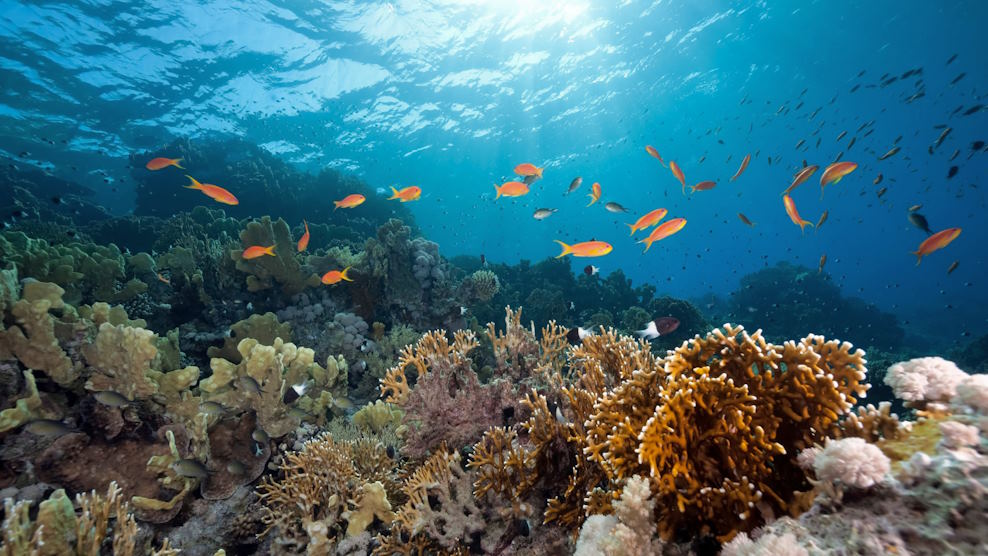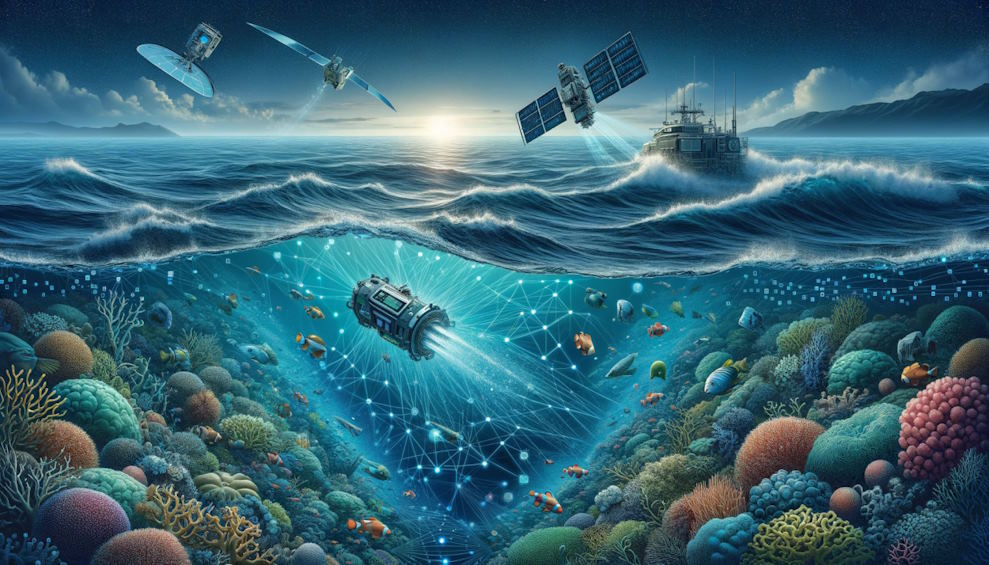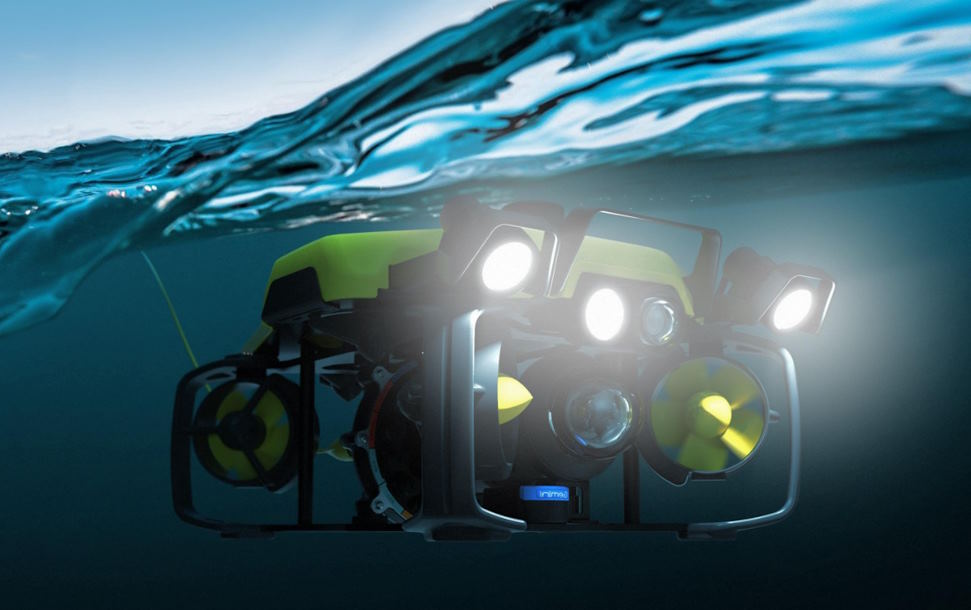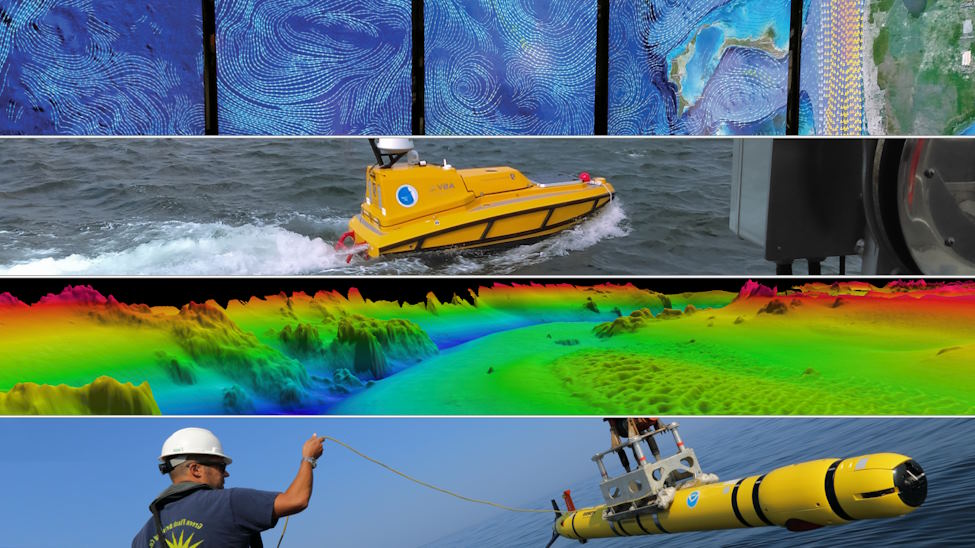Marine biologists successfully labeled the marine biology research using the camera, sonar, and artificial intelligence together with the coast of southern Norway revolutionary. They have previously manually monitored fish stocks and plankton along the Skagerrak coast. Artificial intelligence is used in marine biology research for observing marine life. Sensors, sonar, and cameras are successfully laden with artificial intelligence. The best-in-class algorithms count the fish and plankton, distinguishing the fish from another, and monitoring the size of the fish.
Use artificial intelligence and identify marine species.
The first-class artificial intelligence frees up the time for the researchers and provides observations and extra information. AI cameras are attentive all the time. You can explore everything about artificial intelligence in marine biology research. An efficient use of artificial intelligence is new to marine biologists. Observing and counting fish used to be manual tasks.

Biologists comb through several hours of film footage to find the information they were looking for. They ensured that their work was very time-consuming. They research artificial intelligence in marine species identification and use artificial intelligence and make observations automated. They use this modern technology to take observations automatically. They are happy to get different fish species, sizes, and other important observations almost immediately.
Advanced artificial intelligence is applied to distinguish and recognize various fish species and individual fish. Remember that several species have unique patterns and are known for their unique nature to each individual. Some examples of these species are ballan wrasse, corkwring wrasse, cord, and salmon. Users of AI in marine biology research today can monitor fish on an individual level over different layers. They get certain and new insight into how the fish survive.

Use the best tools for successful data analysis on time.
In the early days, marine scientists had to capture, sedate, and tag the fish to research it. They explore significant aspects of machine learning for oceanographic data analysis and make positive changes in their way of analyzing marine life. Today, they do not need to catch, sedate, and microchip the fish. They use AI and obtain maximum information while ensuring less than usual intrusive to marine life. They can monitor the growth and behavior of each fish over time using artificial intelligence and camera observations. They make certain that an efficient use of AI helps them to monitor and understand every change in the ocean when it happens. They get real-time information about the health condition of fish and are able to initiate instant measures when something is very urgent.
Everyone knows that the marine ecosystem is complex and large by nature. People who research the marine ecosystem need a large amount of data to understand it. They have to spend enough time to review and interpret data. However, they can use the latest artificial intelligence technologies to get the desired benefits.
Marine biologists from around the world research and keep up-to-date with artificial intelligence tools. They find and use the best AI applications in tracking marine animal movements as expected. A proper use of the new applications of artificial intelligence and mechatronics is very important to collect and interpret data.



